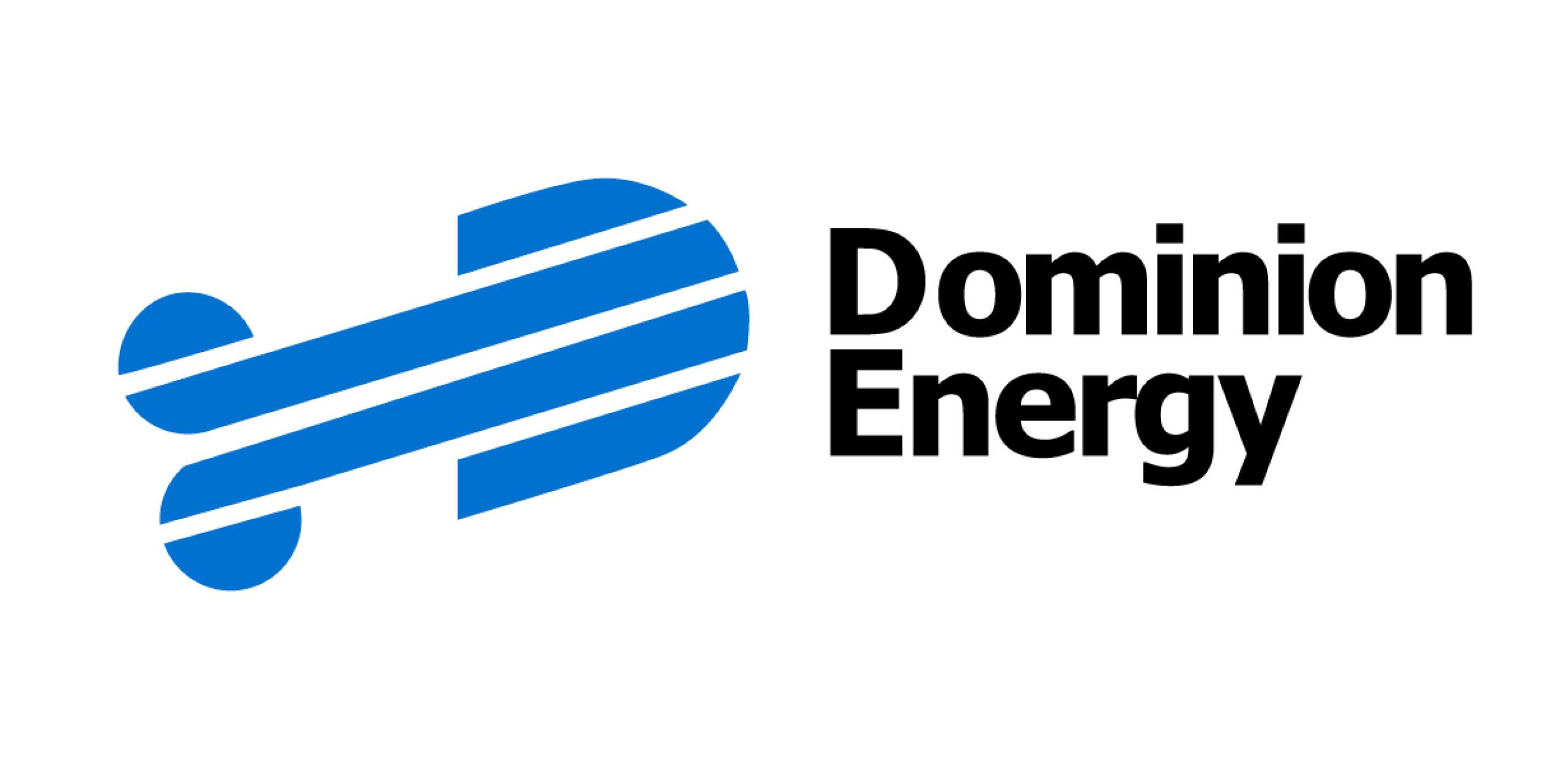Part 1 of 3 Parts
There has been a great deal of publicity about the development of small modular reactors. Many projects are being launched across the world to deploy these small nuclear reactors which generate three hundred megawatts or less of electricity. They are to be manufactured in factories which lowers the cost and increases quality control. They are reputed to be safer than the gigawatt plus huge conventional nuclear power reactors. However, they will require some advanced technology and still produce spent nuclear fuel which will need to be dealt with. Here are some of the current projects in the works.
Last month, Perdue University and Duke Energy Indiana released a report that suggests that a small modular reactor (SMR) be built on or near the Perdue campus to “achieve a carbon-free future with reliable energy twenty four hours a day.
This does not mean that an SMR will be constructed in West Lafayette, Indiana, in the near future. The released study recommended more study and said that it might be the late 2030s before such a reactor is operational because of the lengthy nature of getting a nuclear reactor licensed.
Nonetheless, this is just another example of the growing enthusiasm for SMRs. Governor Glenn Youngkin wants to add SMRs to Virginia’s fleet of energy generators, specifically in Southwest Virginia.
SMRs have existed for a long time and many of those were built in Virginia. The USS Nautilus was the world’s first nuclear-powered submarine. The Nautilus set sail from Groton, Connecticut in 1954. The world’s first nuclear-powered aircraft carrier was the USS Enterprise. It was commissioned at Newport News in 1961. The U.S. Navy currently has eighty-six nuclear-powered vessels, including all eleven U.S. aircraft carriers. All of these were built in Newport News. Six of them were homeported in Hampton Roads. There are also small research reactors in Virginia including those at Virginia Tech and the University of Virginia.
What is new is the increasing interest in small commercial nuclear reactors. Traditionally, nuclear energy has taken a lot of time and a lot of money to deploy. The hope generated by SMRs is that they will be simpler and cheaper to build. Currently there are only two commercial SMRs operating in the world. One of these is in Russia and the other is in China.
In 2022, Dominion Energy formally expressed interest in adding SMRs. Last year, Governor Younkin embraced the concept and announced that he wants Virginia to be the first state in the U.S. to deploy an SMR in Southwest Virginia. However, it is not his decision to make. Siting for a nuclear reactor would be up to a utility company and all of the regulatory agencies involved. Southwest Virginia politicians have made it clear that they would really like an SMR in their part of the state and have been at the forefront of advocating an SMR. Earlier this week, a report paid for by the GO Virginia Economical Development Board for Southwest Virginia identified seven potential sites for an SMR in the region containing Dickenson, Lee, Scott and Wise counties and the City of Norton.
Please read Part 2 next
